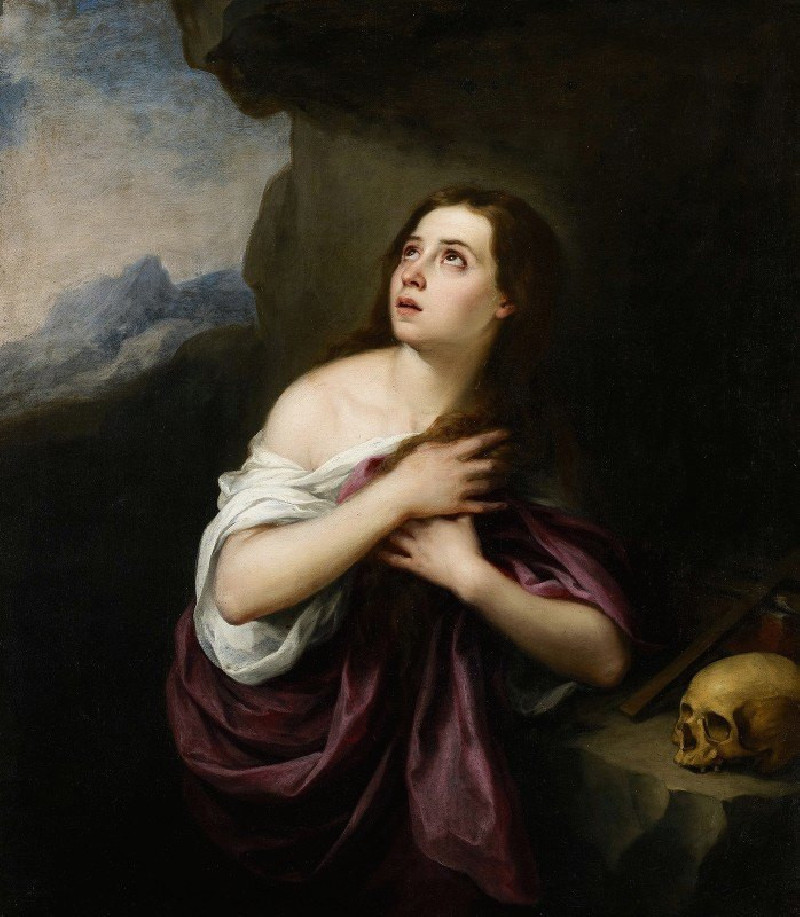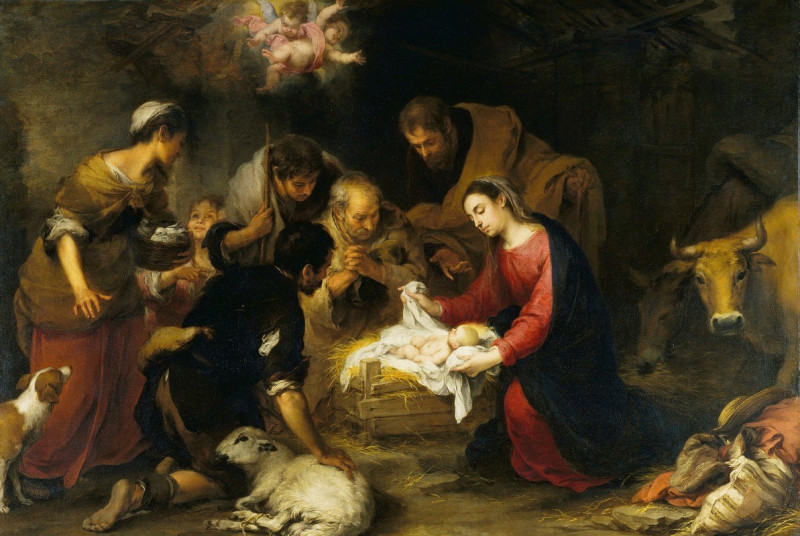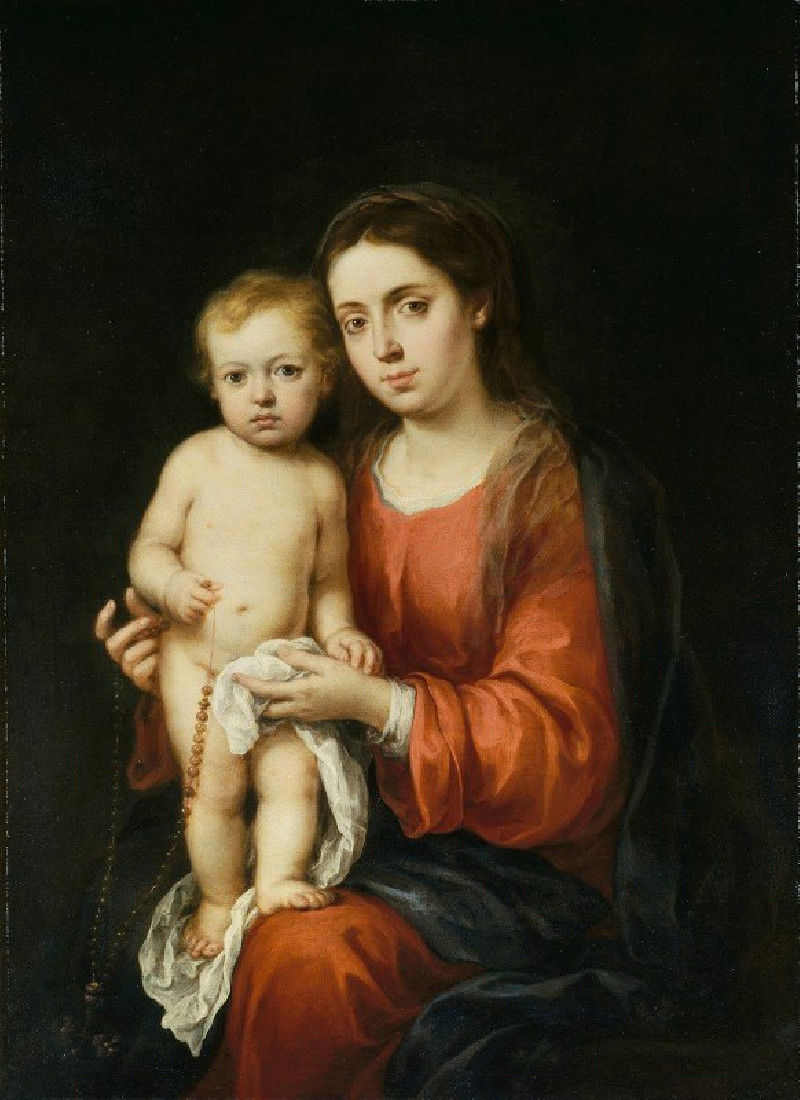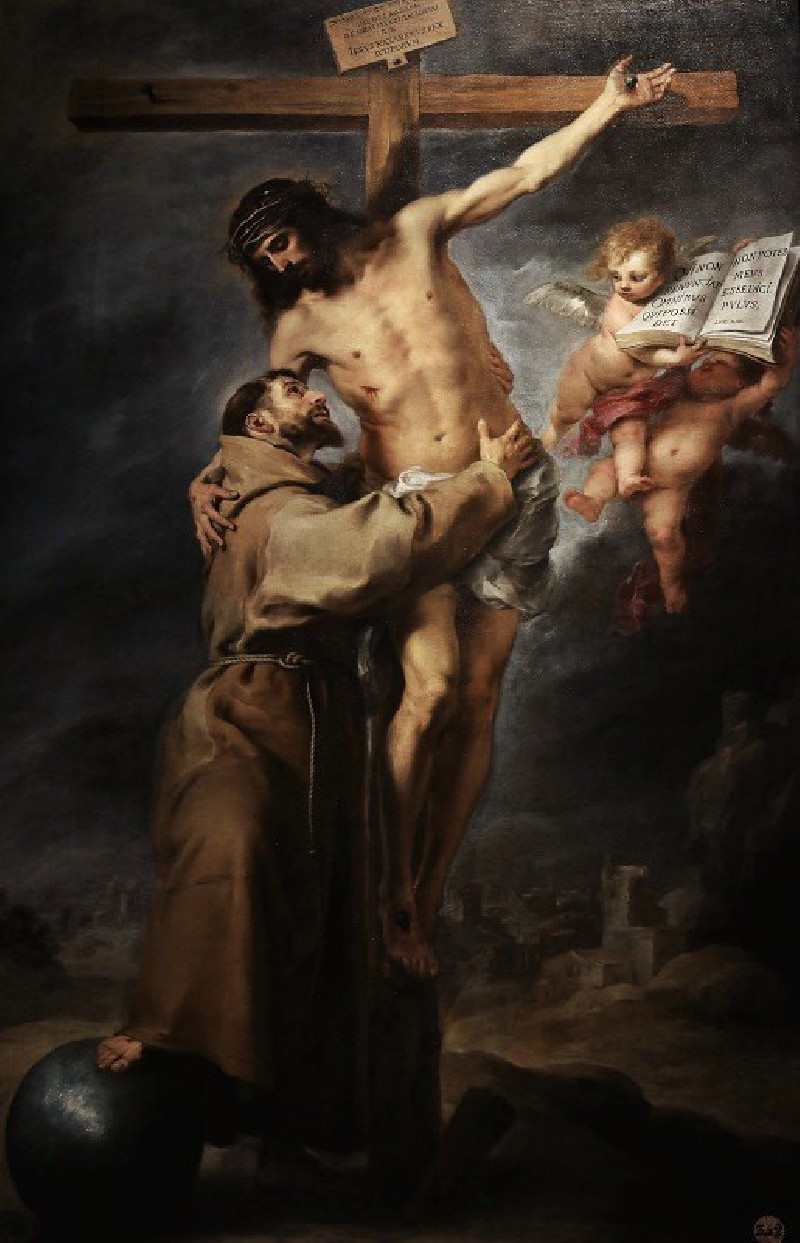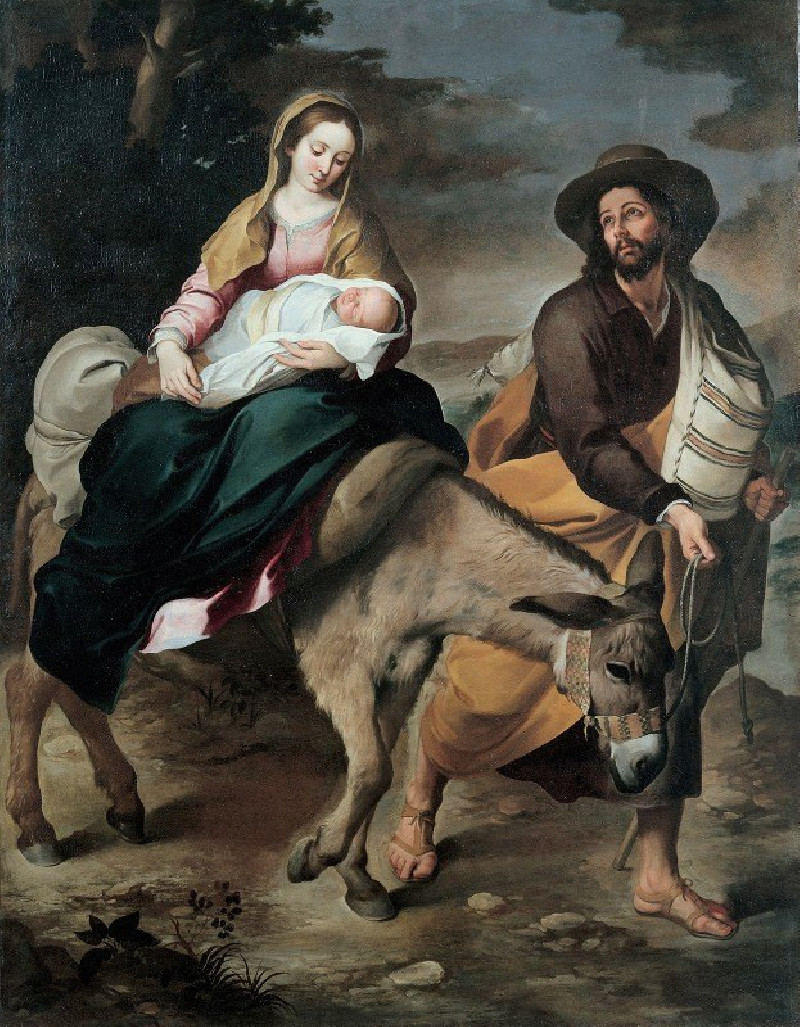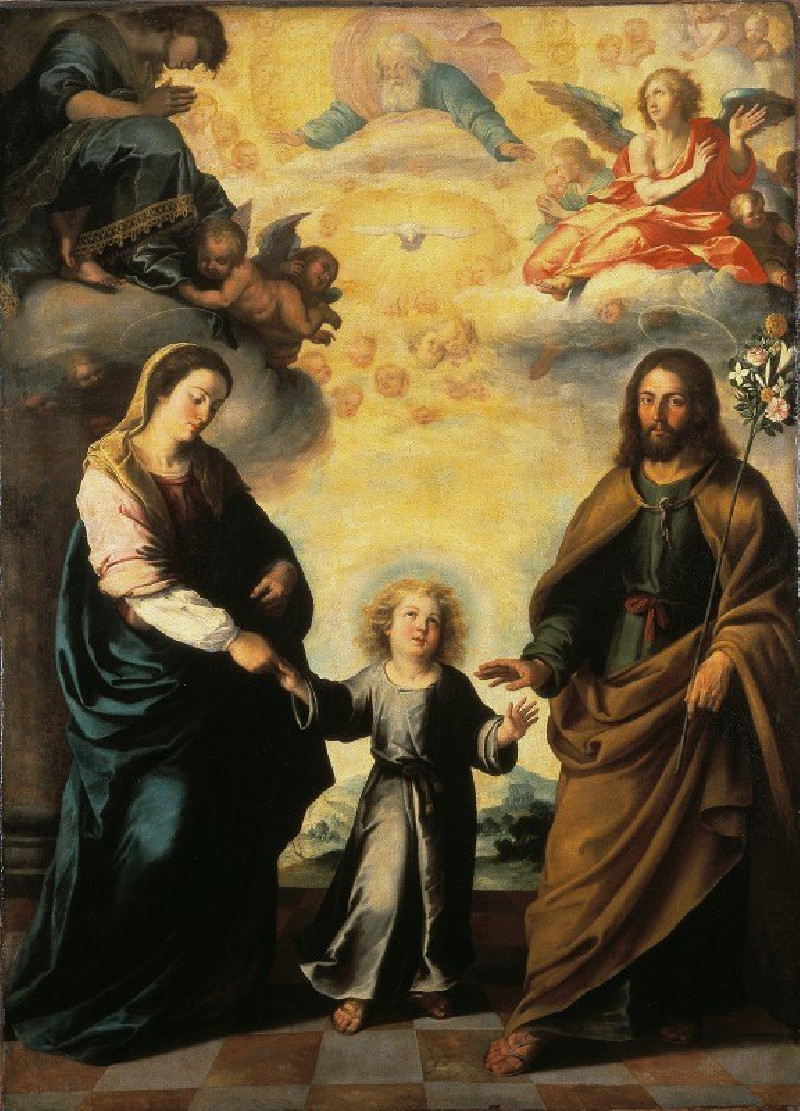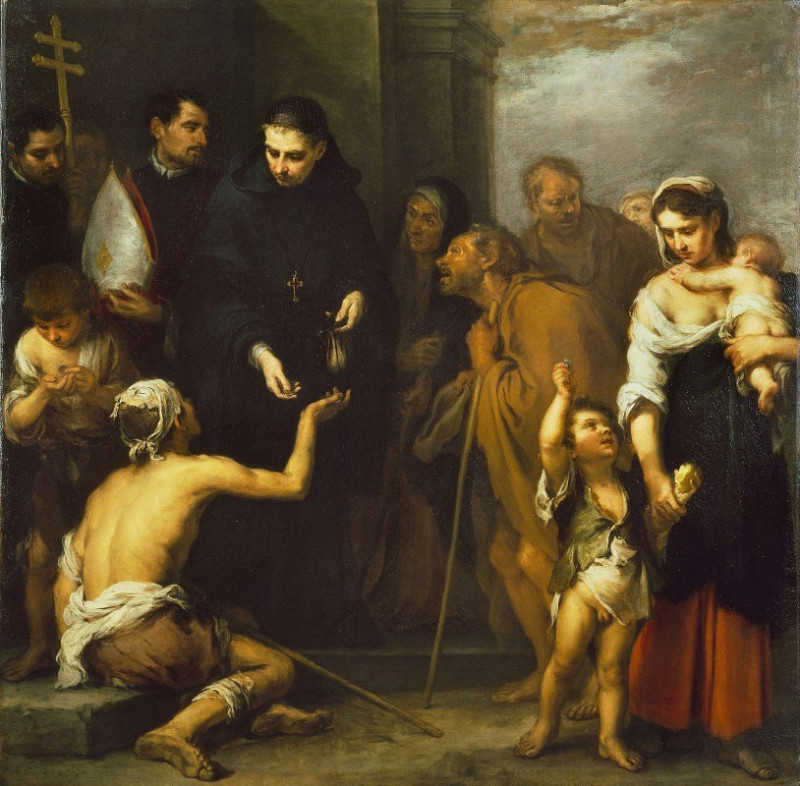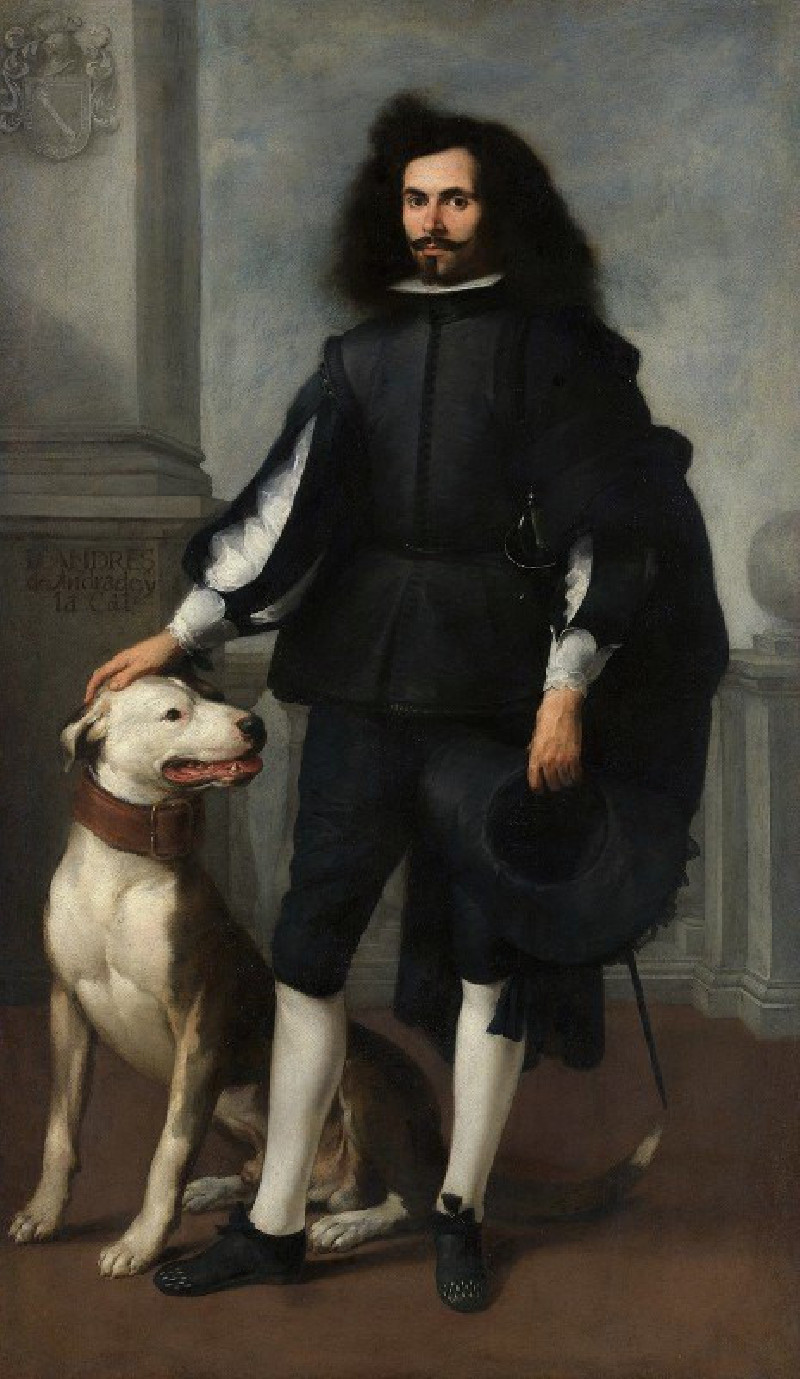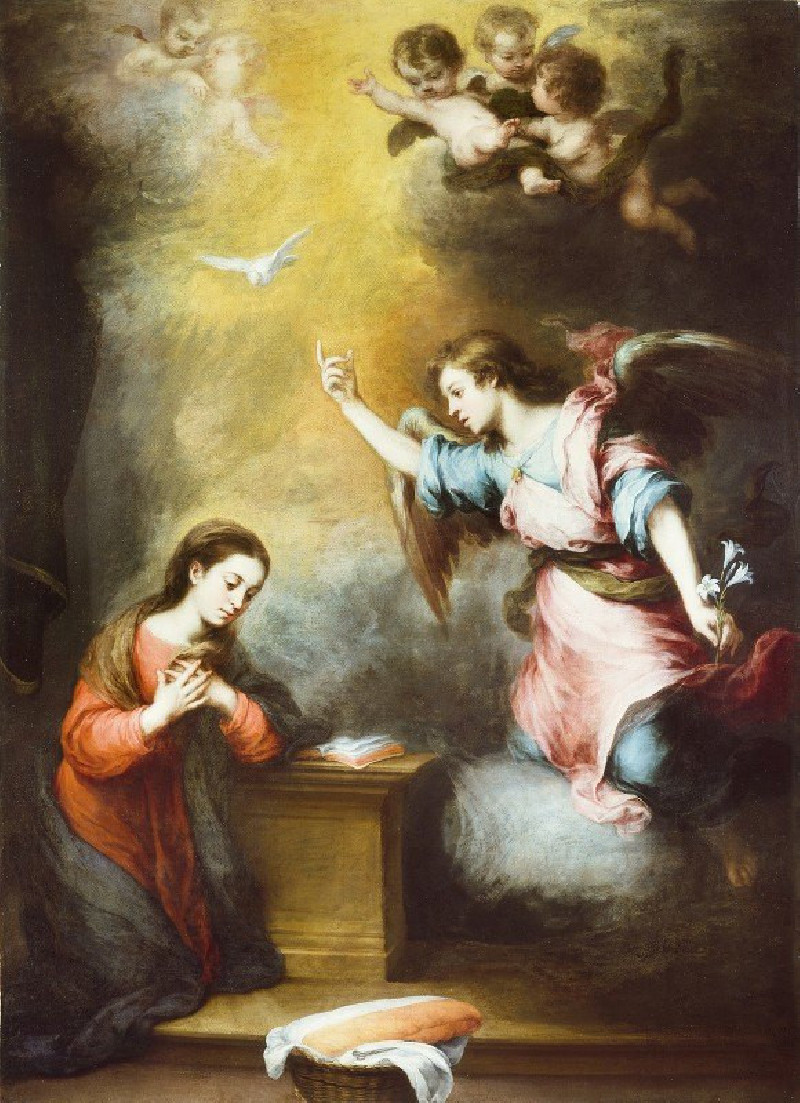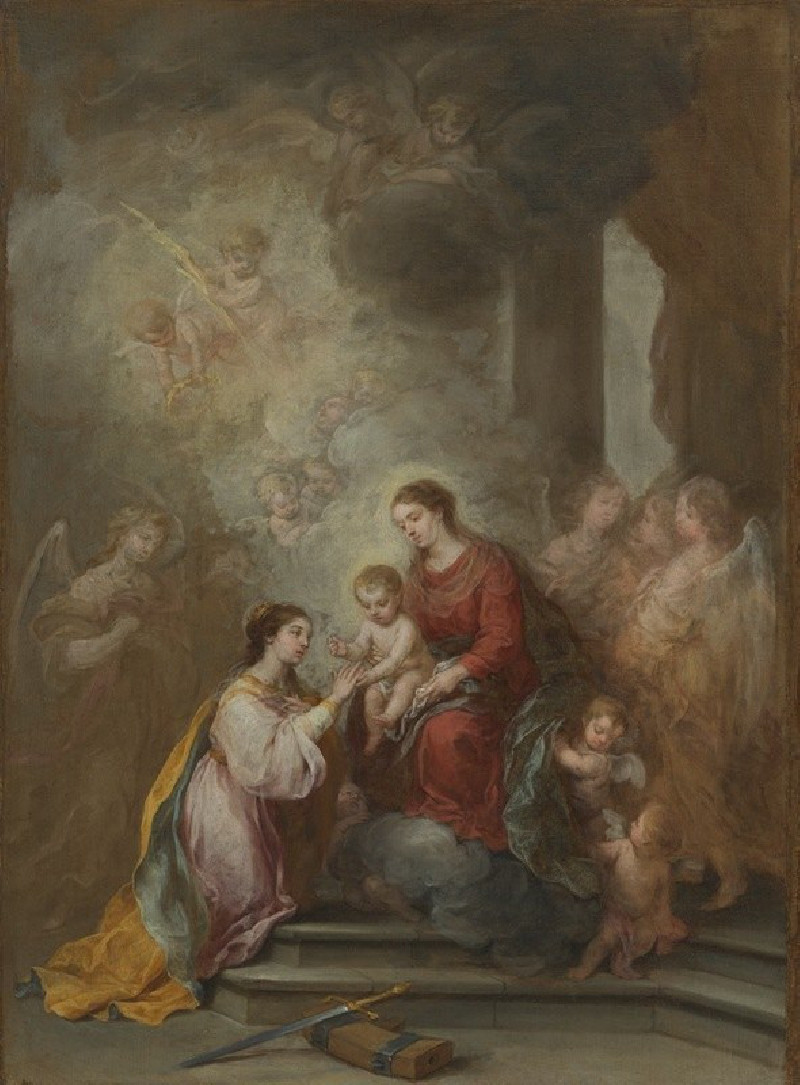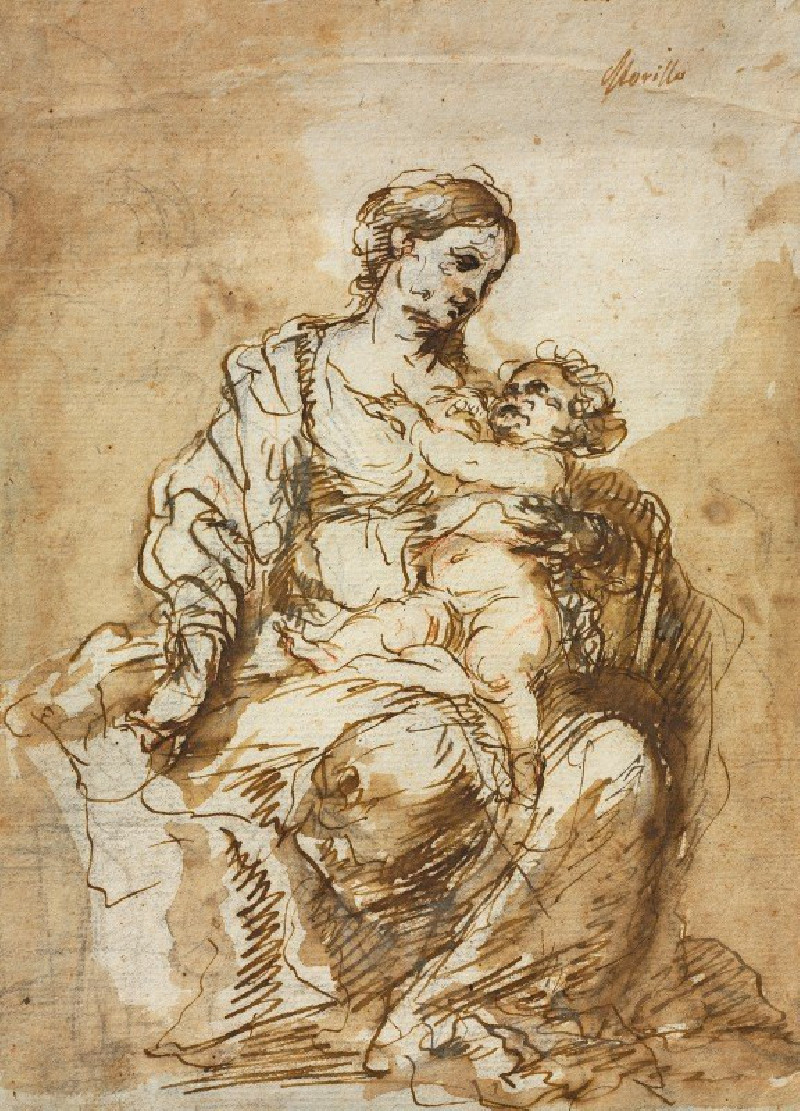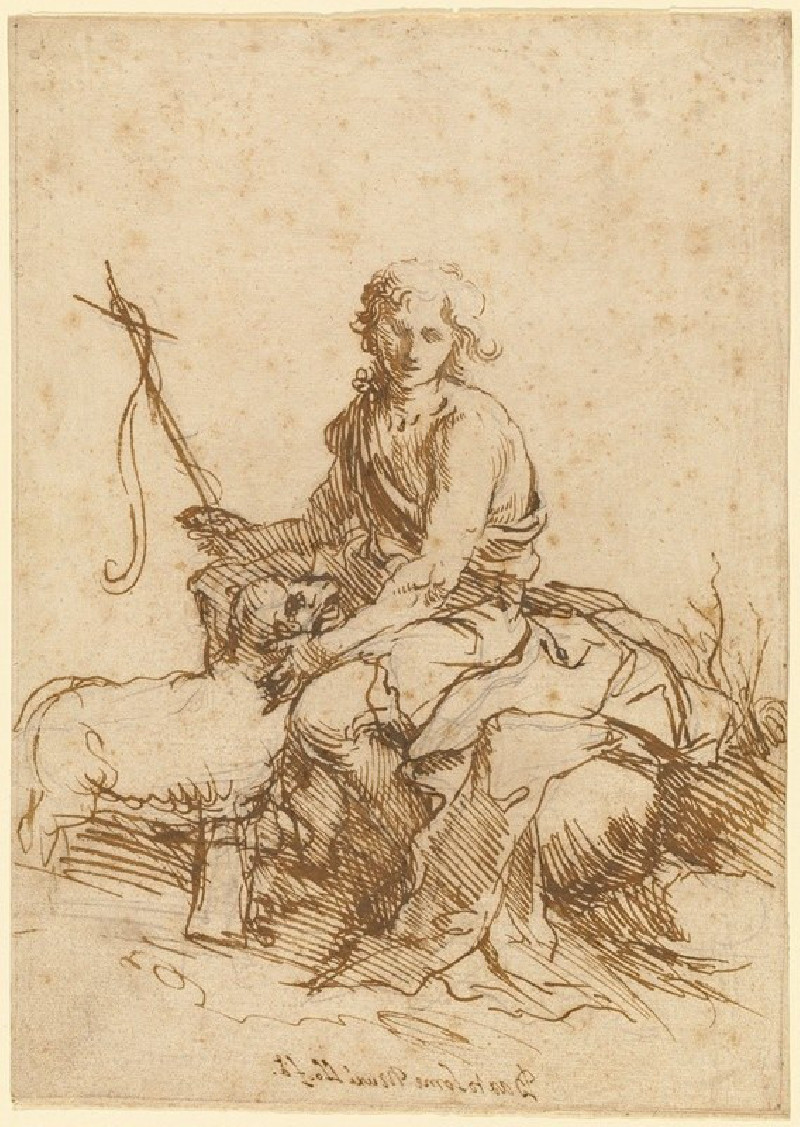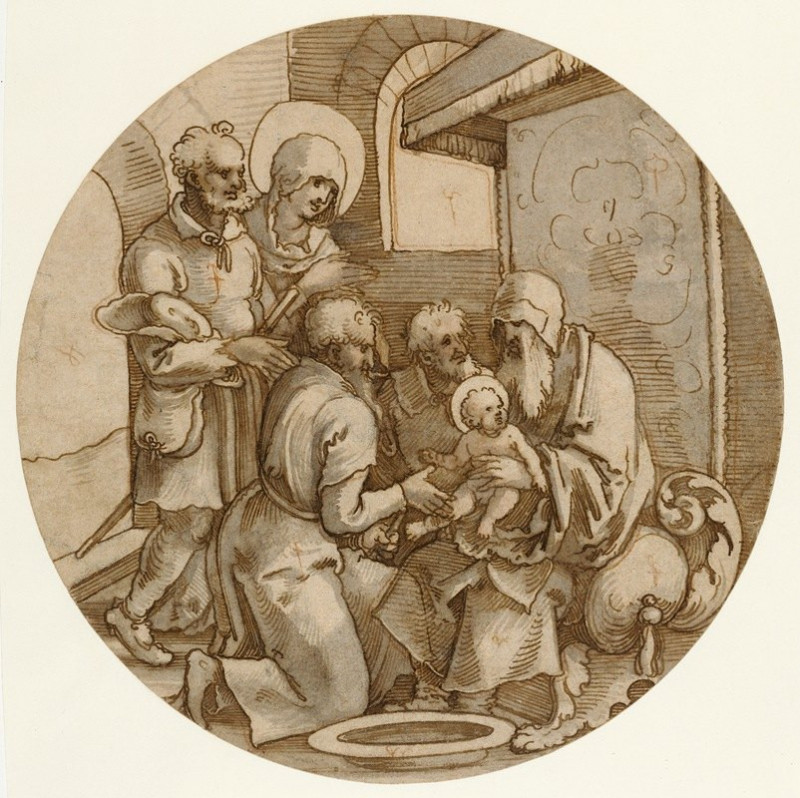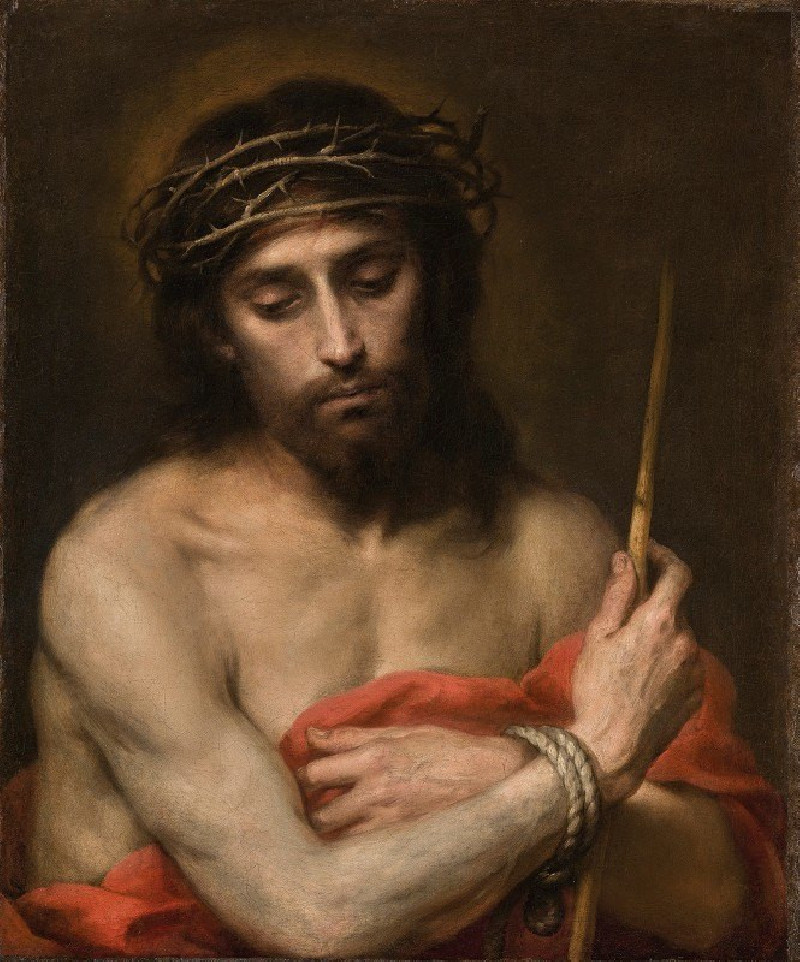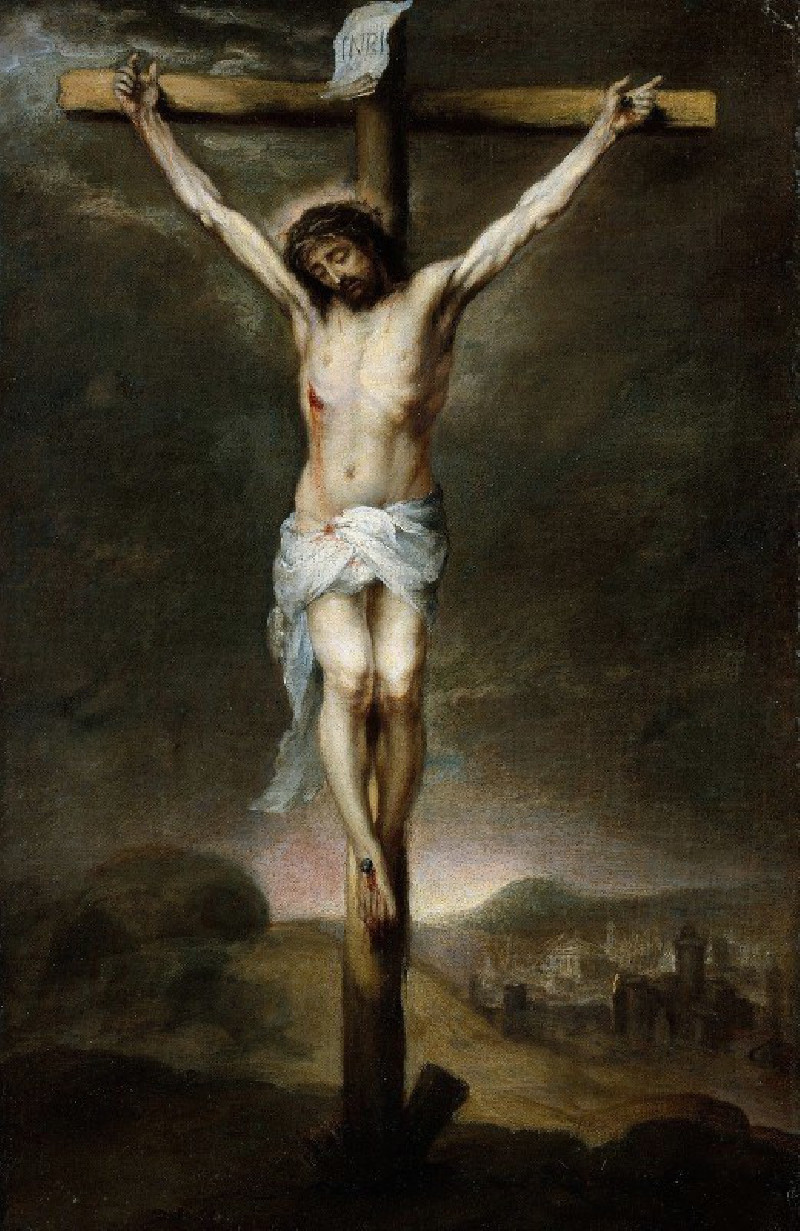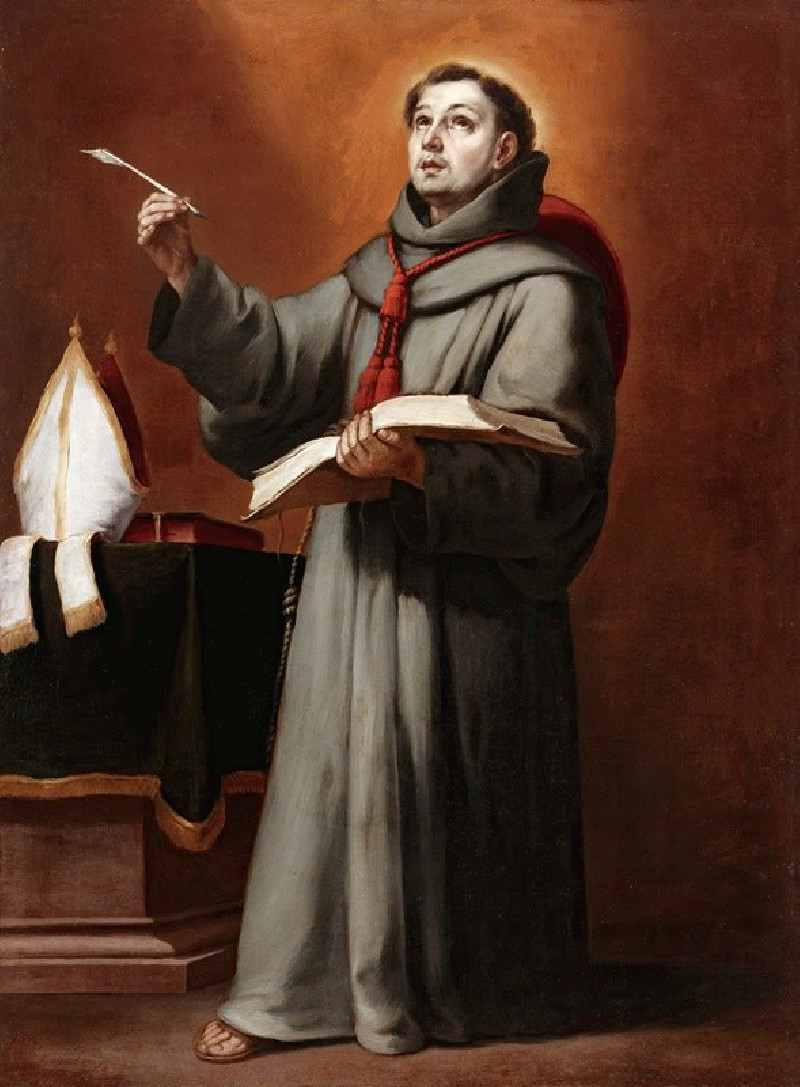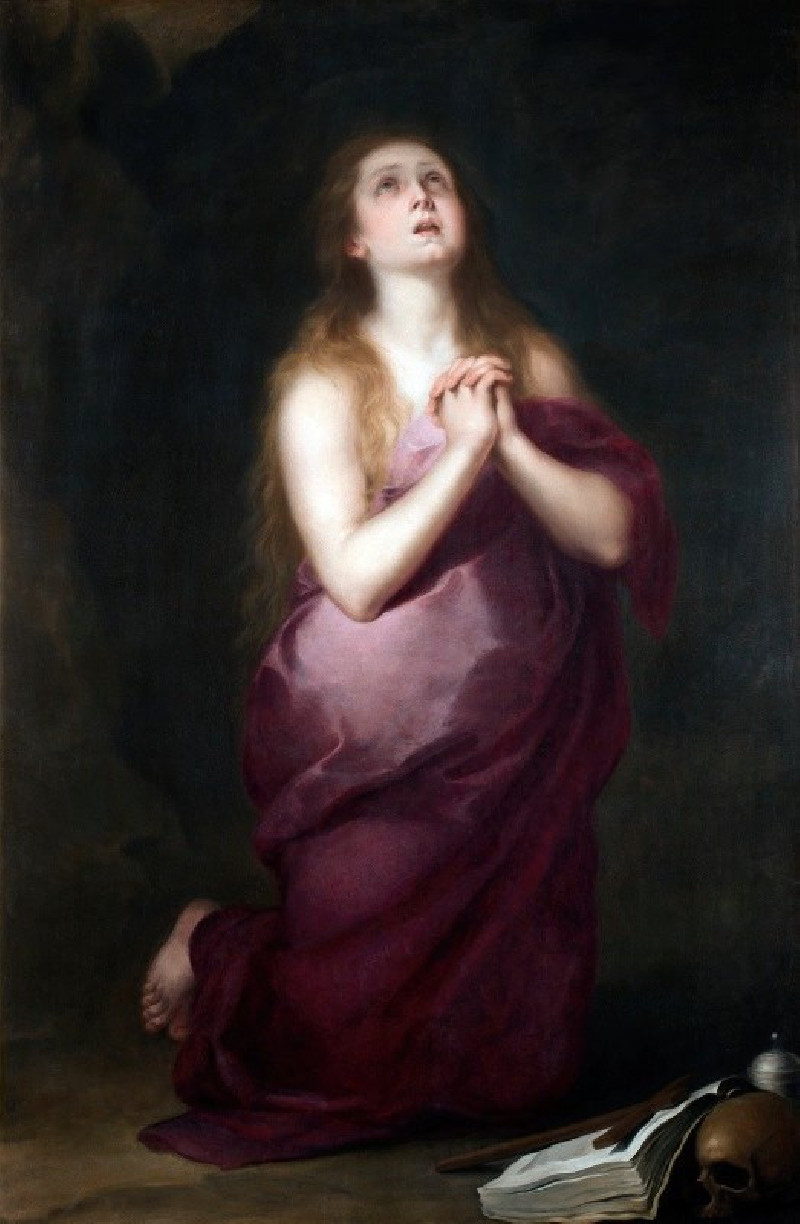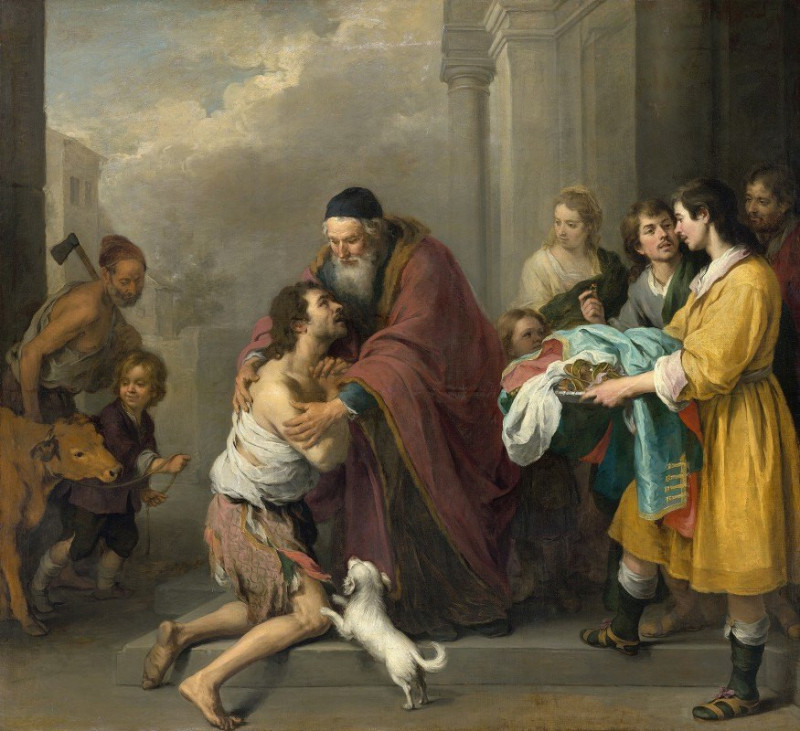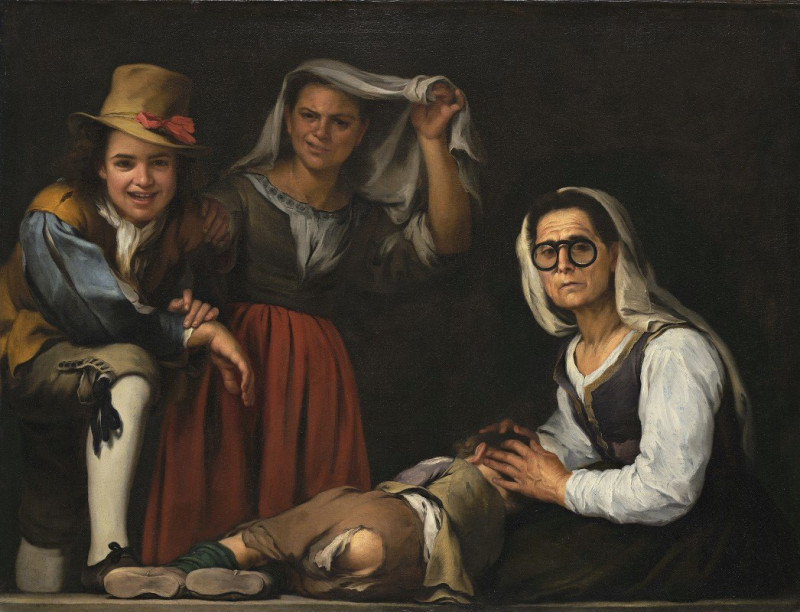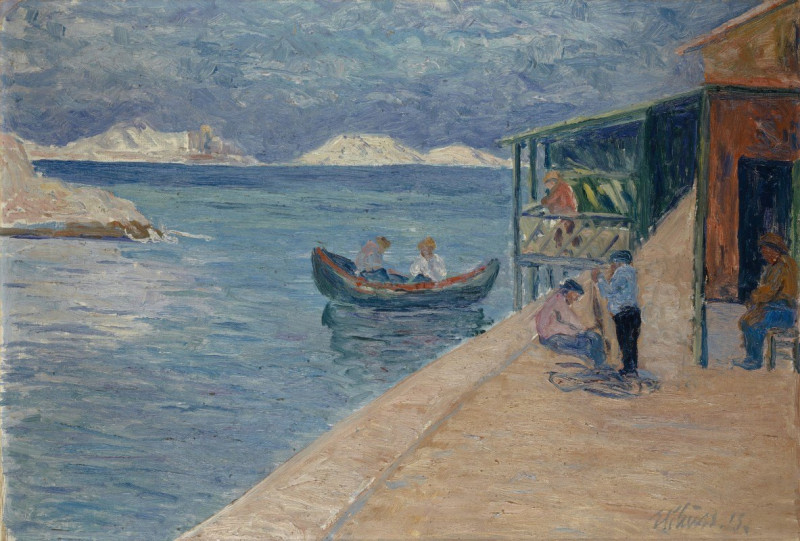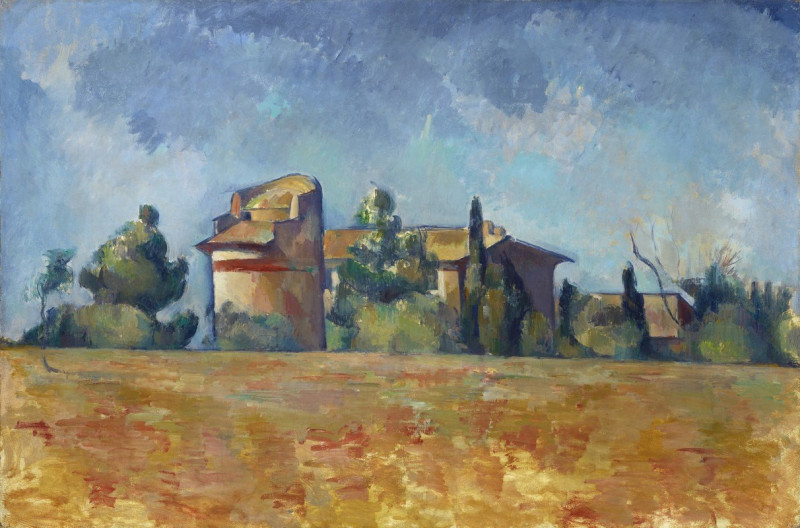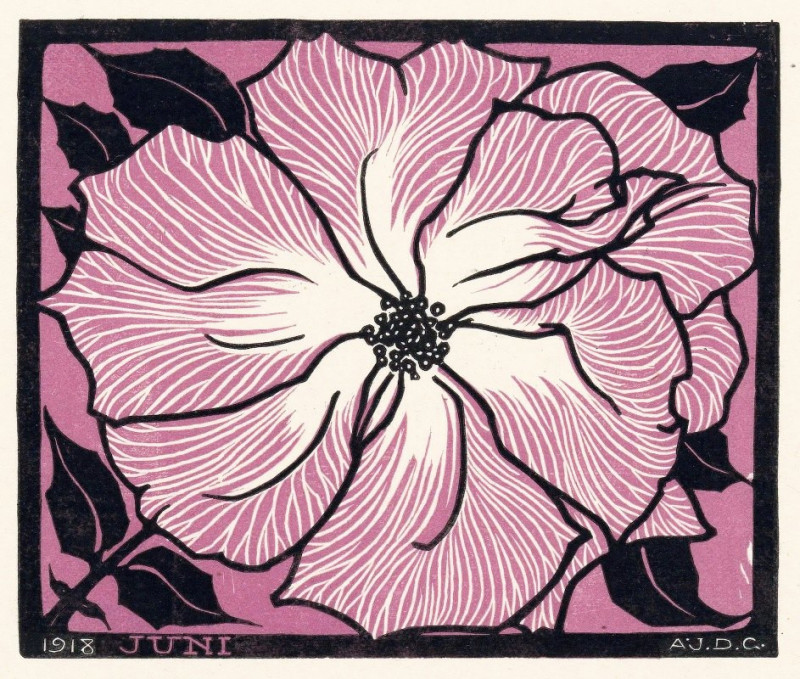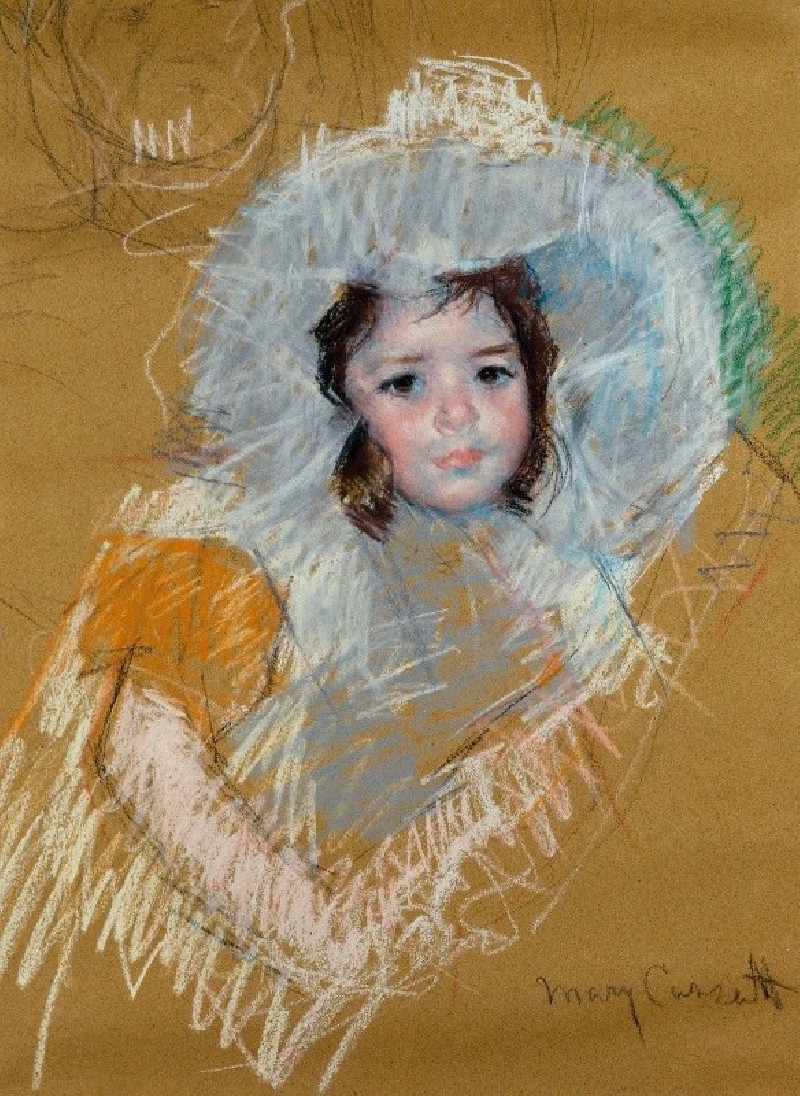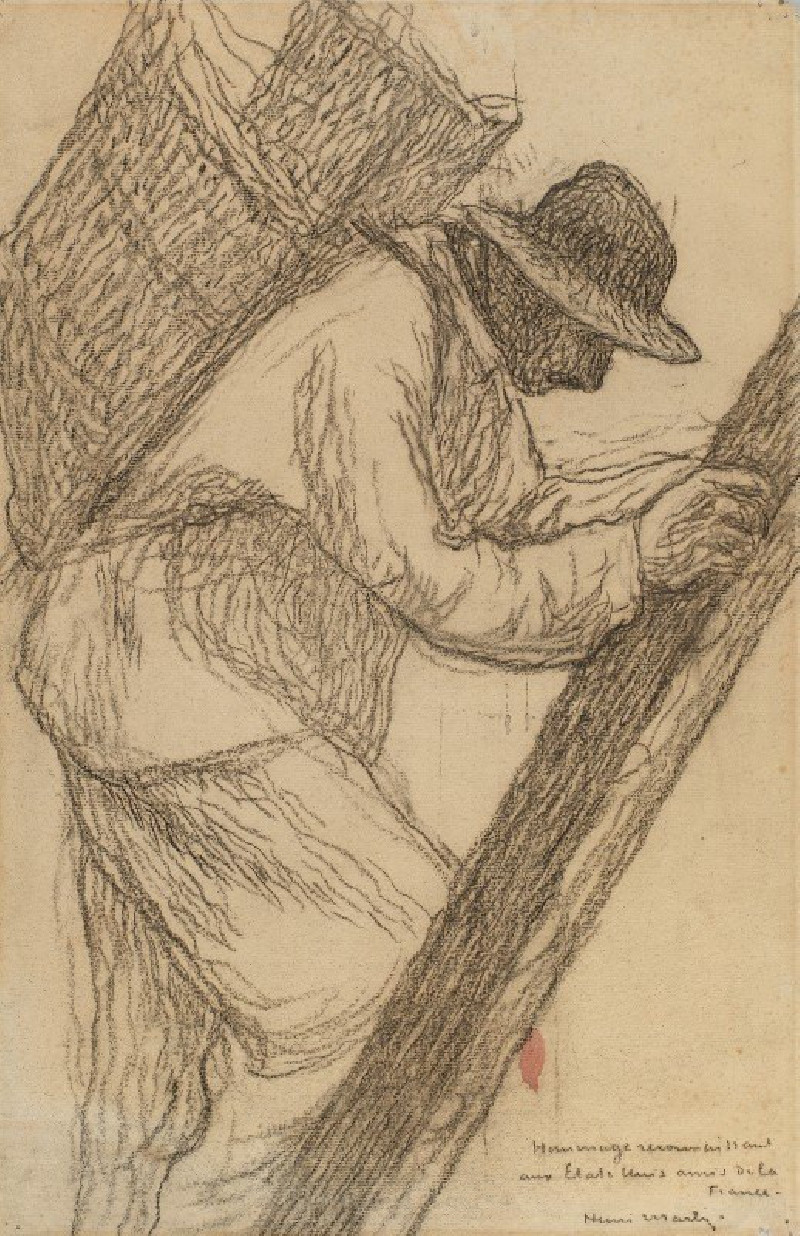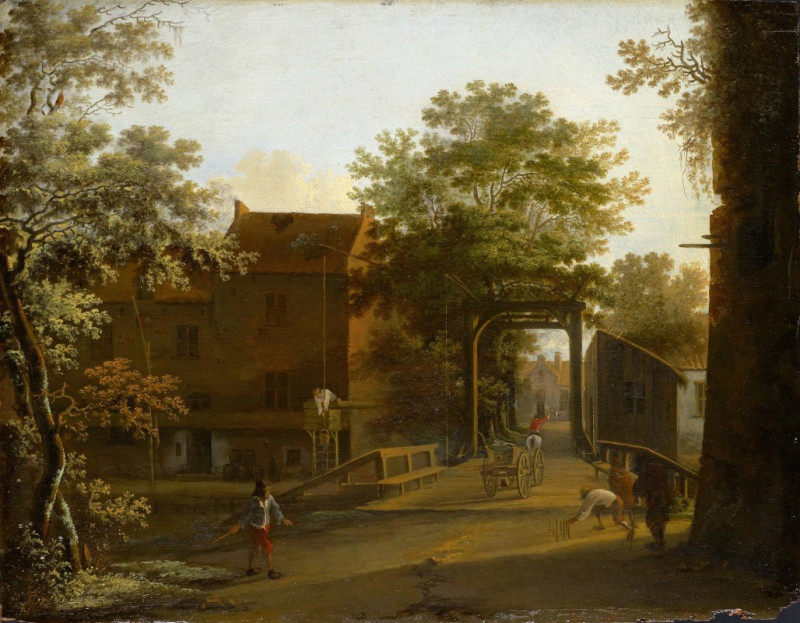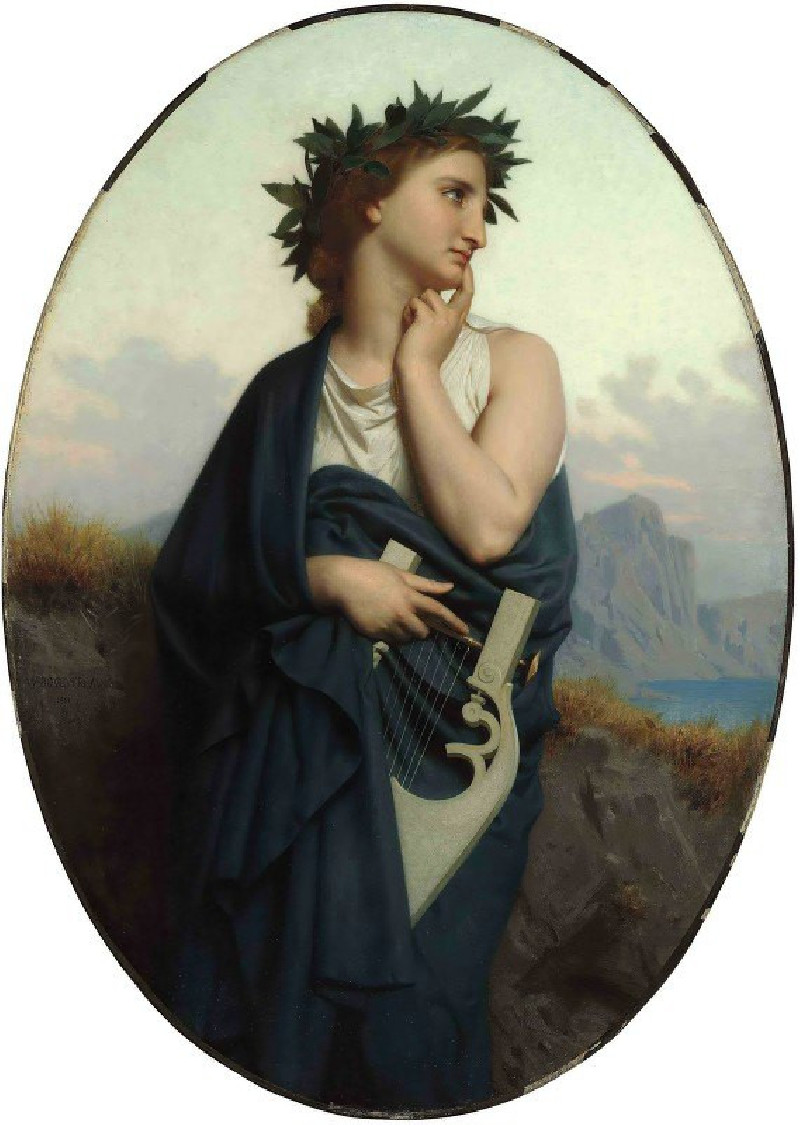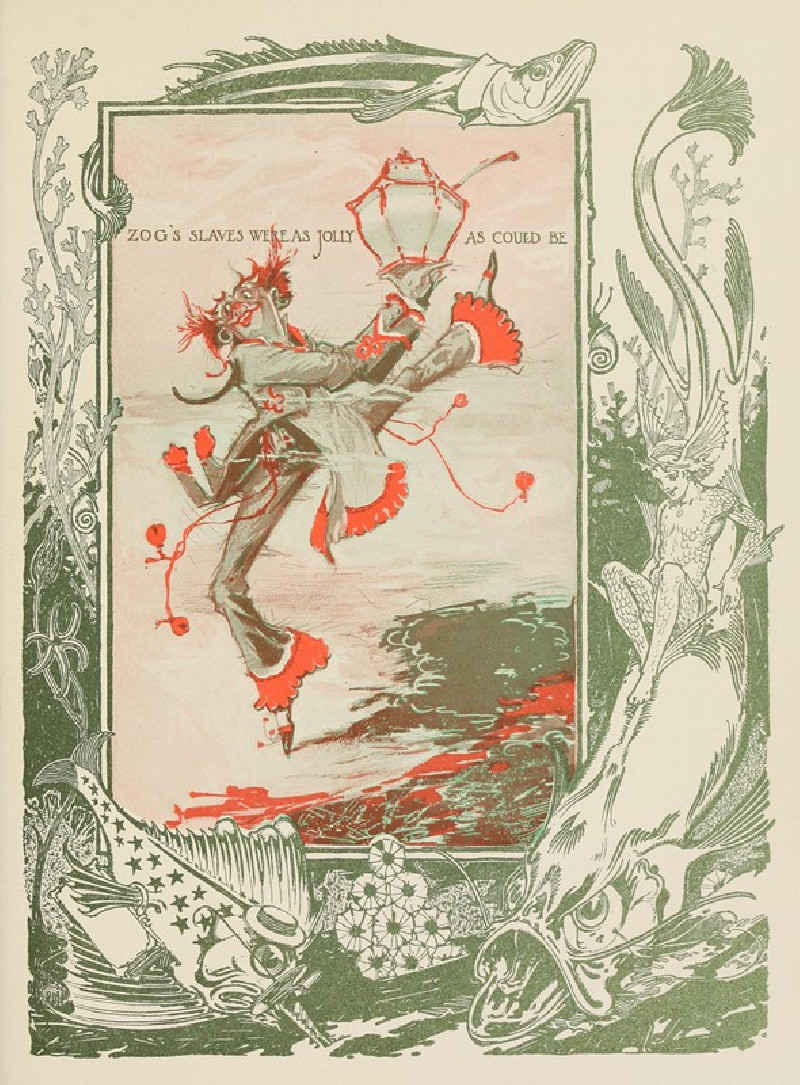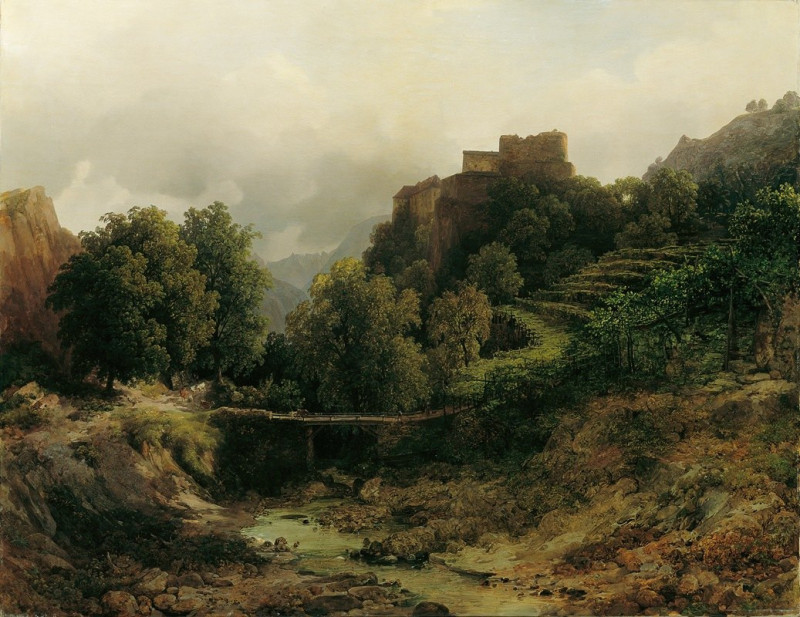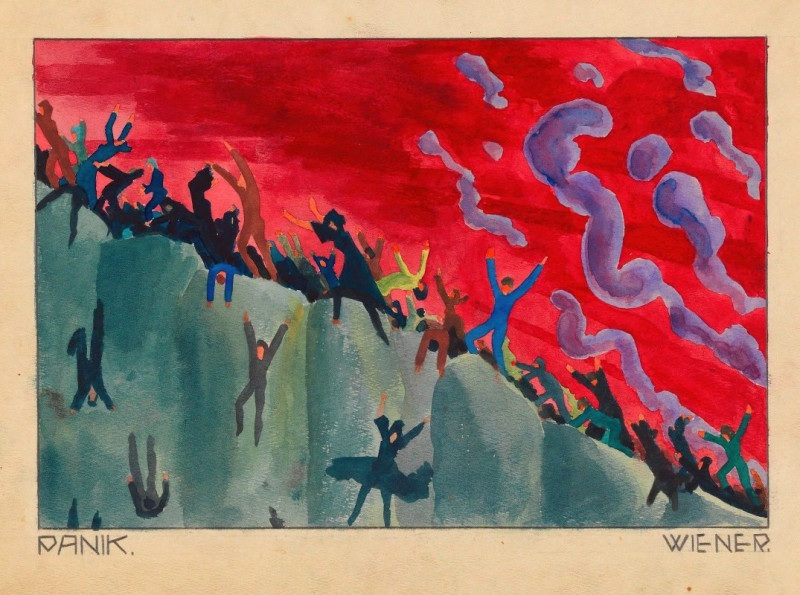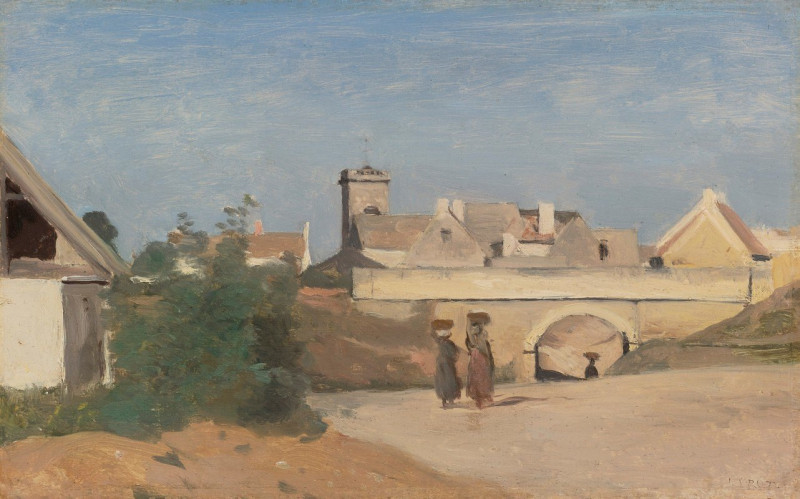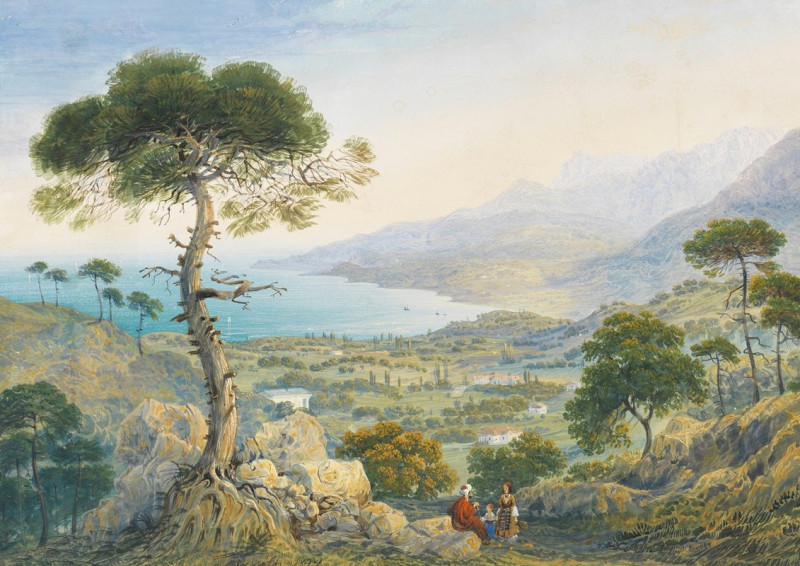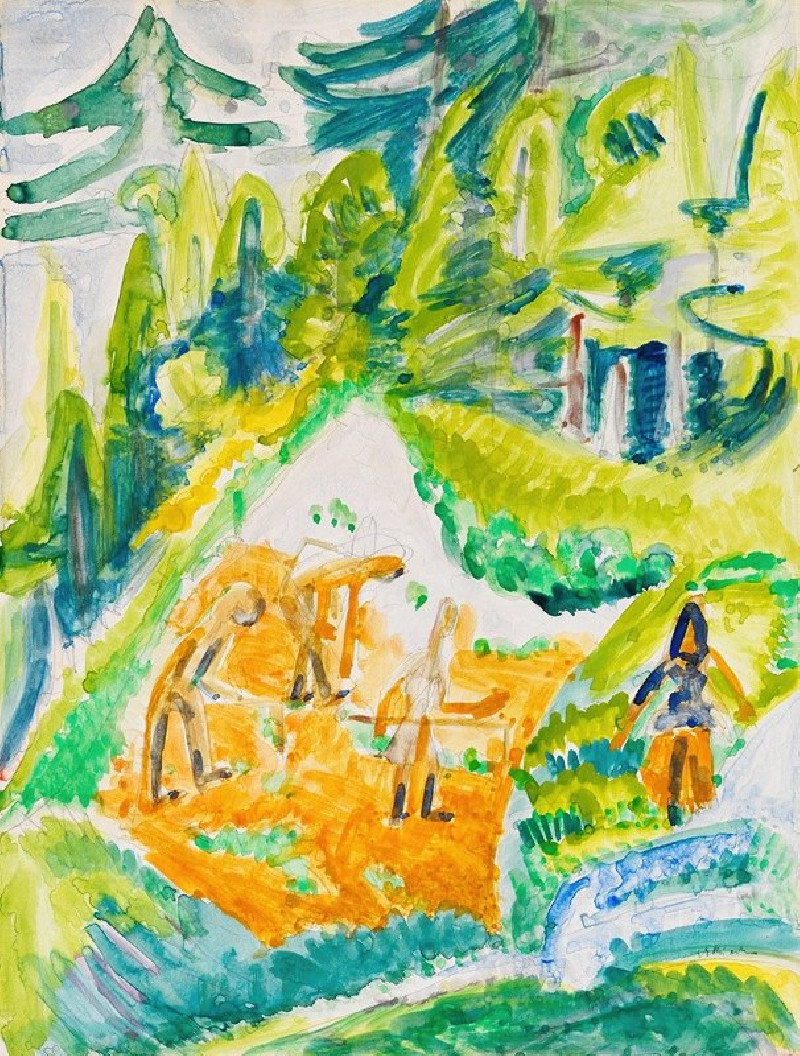Penitent Magdelene (c. 1650–65)
Technique: Giclée quality print
Recommended by our customers
More about this artwork
The evocative painting "Penitent Magdalene" by Bartolomé Estebán Murillo, dating back to the mid-17th century, offers a profound glimpse into spiritual awakening and introspection. This striking artwork beautifully captures a moment of redemption and sorrow in the life of Mary Magdalene, a figure often associated with repentance in Christian tradition.In this depiction, Mary Magdalene appears in a solitary, shadow-enshrouded setting that contrasts sharply with her illuminated figure. Her expression, uplifted and wistful, conveys profound emotional depth and spiritual longing. The upward tilt of her head and her eyes, seemingly gazing towards a divine light, embody her search for forgiveness and grace.The composition employs a muted palette with bursts of color in Magdalene's flowing drapery—a rich amalgam of crimson and white that symbolizes, respectively, her royal past and present penitence. A poignant detail in the painting is the skull at her side, a classical symbol of mortality and earthly vanities, reminding viewers of the transient nature of life.Murillo's "Penitent Magdalene" is not just a religious icon; it is a study of human emotion, remorse, and ultimate transformation. It invites viewers to contemplate deeper life meanings, the possibility of change, and the pursuit of spiritual enlightenment.
Delivery
Returns
Bartolomé Esteban Murillo (December 1617, January 1, 1618 – April 3, 1682) was a Spanish Baroque painter. Although he is best known for his religious works, Murillo also produced a considerable number of paintings of contemporary women and children. These lively realistic portraits of flower girls, street urchins, and beggars constitute an extensive and appealing record of the everyday life of his times. He also painted two self-portraits, one in the Frick Collection portraying him in his 30s, and one in London's National Gallery portraying him about 20 years later. In 2017–18, the two museums held an exhibition of them.

